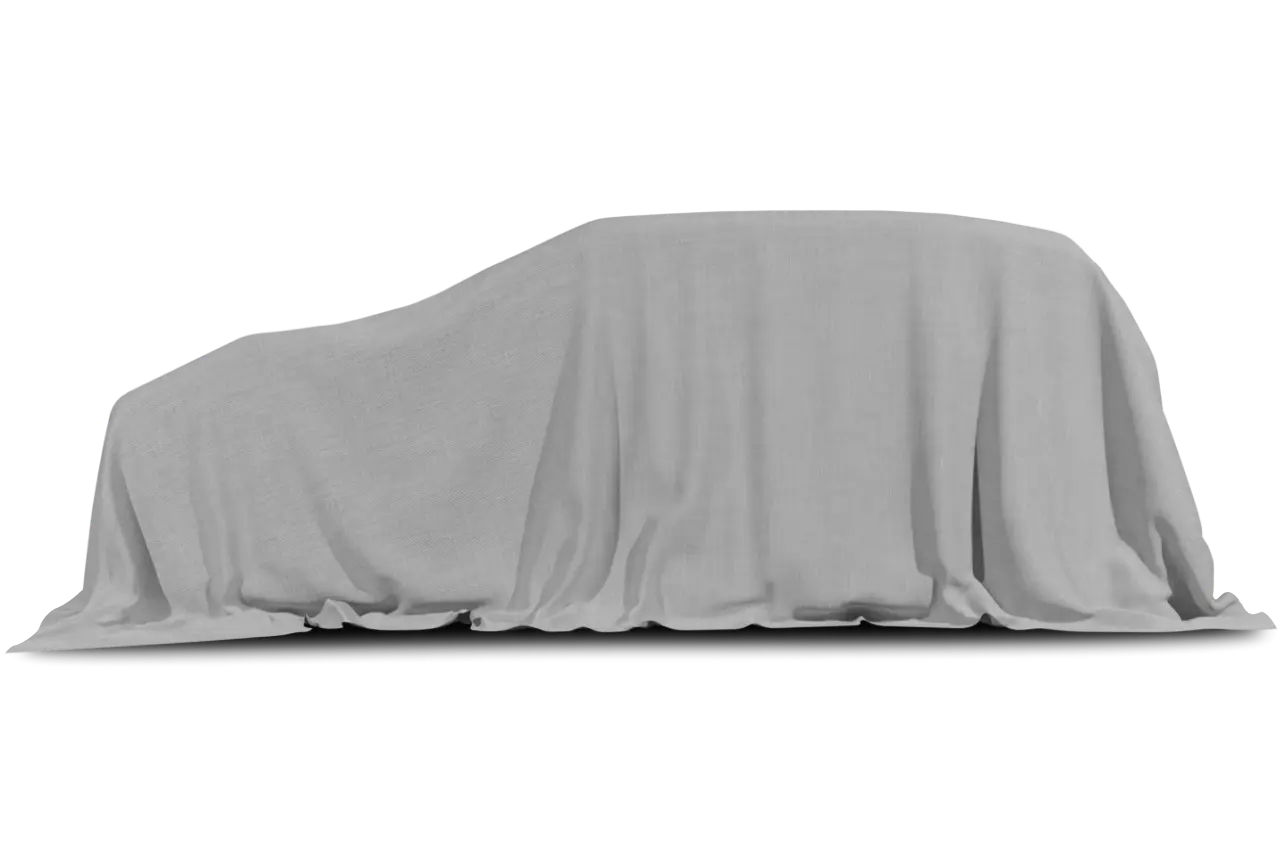
The best thing about this job? That’s easy. It’s the day they hand you the keys to a new Ferrari.
It came recently when Ferrari of North America’s Carlo Fiorani invited me to drive the new 456M GTA touring coupe at Ferrari of San Francisco, located in this Marin County bedroom community.
I’ve driven a Lamborghini and a Rolls-Royce and a turbo Porsche, as well as a few one-of-a-kind concept cars.
But an auto writer who has never driven a Ferrari, well, that leaves a very fast, very Italian hole in the driving resume. Now, I’ve filled that hole.
There’s something special about a Ferrari. In my mind, these are red racing cars bred in Italy to accentuate one trait: speed. At a time when auto-making is engulfed in merger mania, where a Jaguar is a Ford and a Rover is a BMW and a Chrysler is a Mercedes, the Ferrari name remains timeless. Even in death, the guiding hand of Enzo Ferrari steers the company toward checkered flags. It’s still about red racing cars that go very, very fast.
Unfortunately, my time in a Ferrari went by very fast, too. I only had about 30 minutes, most of it in the congested area around Mill Valley and San Rafael. So I traveled north on 101, stopped at a fairly straight, mostly abandoned street I knew about for a few quick starts and stops, and then headed back to the dealership.
Yet, the drive was enlightening. The car was a wonderful combination of power and speed. I never got the car anywhere near triple-digit fast. To be able to drive it in the desert or on a race track would really be an enticing prospect. Still, it was easy to feel the never-ending power of the engine and the tightness of the build.
The 456M GTA is Ferrari’s family car. Some have even derided it because, they say, a Ferrari with a back seat just isn’t a real Ferrari. They say the same about the automatic transmission (that’s the A in the GTA). A manually shifting GT model 456M is also available.
Yet, Ferrari’s 2plus2 roots go back to 1948 when it introduced a four-seat model at the Turin auto show. In fact, according to Ferrari spokesman Fiorani, 2plus2 sales have accounted for about 20 percent of total Ferrari production over the past 50 years.
None has been more successful than the 456, which has sold nearly 2,000 units since it arrived in late 1993.
“The customer for the 456 is a special customer,” said Fiorani. “They need room for family or friends.”
It for the business owner who wants to take three employees or three customers to lunch. Or for the entrepreneur who picks up his kid and a friend from a soccer game. They are men (95 percent) who make a lot of money ($210,000).
There’s no doubt that a Ferrari is all about speed. Let’s look at the numbers. A 436-horsepower, 5.5-liter, front-mounted V-12 engine rockets this car from a standing stop to beyond the speed limit in 5.1 seconds. It takes only 13.4 seconds to reach a quarter mile and about a half minute (33.4 se conds) to go one mile. Its top speed is over 186 mph.
The M designation means “modified,” which means that this new version is a change from the original 1993 456. Changes include a new engine management system, a carbon-fiber hood, a new grille, new seats and a new fixed rear wing.
None of that mattered much to me, as I’d never driven this model or any Ferrari before.
My only disappointment was that this car wasn’t Ferrari red. In my mind, all the great cars of Enzo Ferrari were painted red. Instead, it was a subtle silver.
The exterior shape is elegant, classic — designed by long-time Ferrari stylist Pininfarina — but it doesn’t convey Ferrari the way that a F-50 or even a 550 Maranello does. This car looks more familiar — say a touch of Porsche here, a bit of vintage Jag there — than truly unique. Still, there’s something about the prancing horse on the grille that turns heads.
The 456M’s interior is truly a wonder. The seats were covered in C olly leather, rich looking and race-car stiff. Behind the three-spoke, leather-covered wheel with the prancing horse logo in the center were two round dials containing a 10,000 RPM tachometer and a 340-kilometer per hour speedometer. The chrome shifter was both ornamental and functional.
If you think of a Ferrari as a throwback, as a raw racer, you would be surprised to find air conditioning, power everything (windows, steering, seats, doors) and a great stereo system.
At $225,000, this Ferrari was the most expensive car I’ve ever driven. Perhaps I’m a bit jaded, but it was the fact of being inside a Ferrari, and not that it was a quarter-million dollar Ferrari, that impressed me. What other car merits a cover story on Smithsonian magazine (“The Ferrari Mystique,” December 1997)? After my first small dose of the mystique, I only want more.


